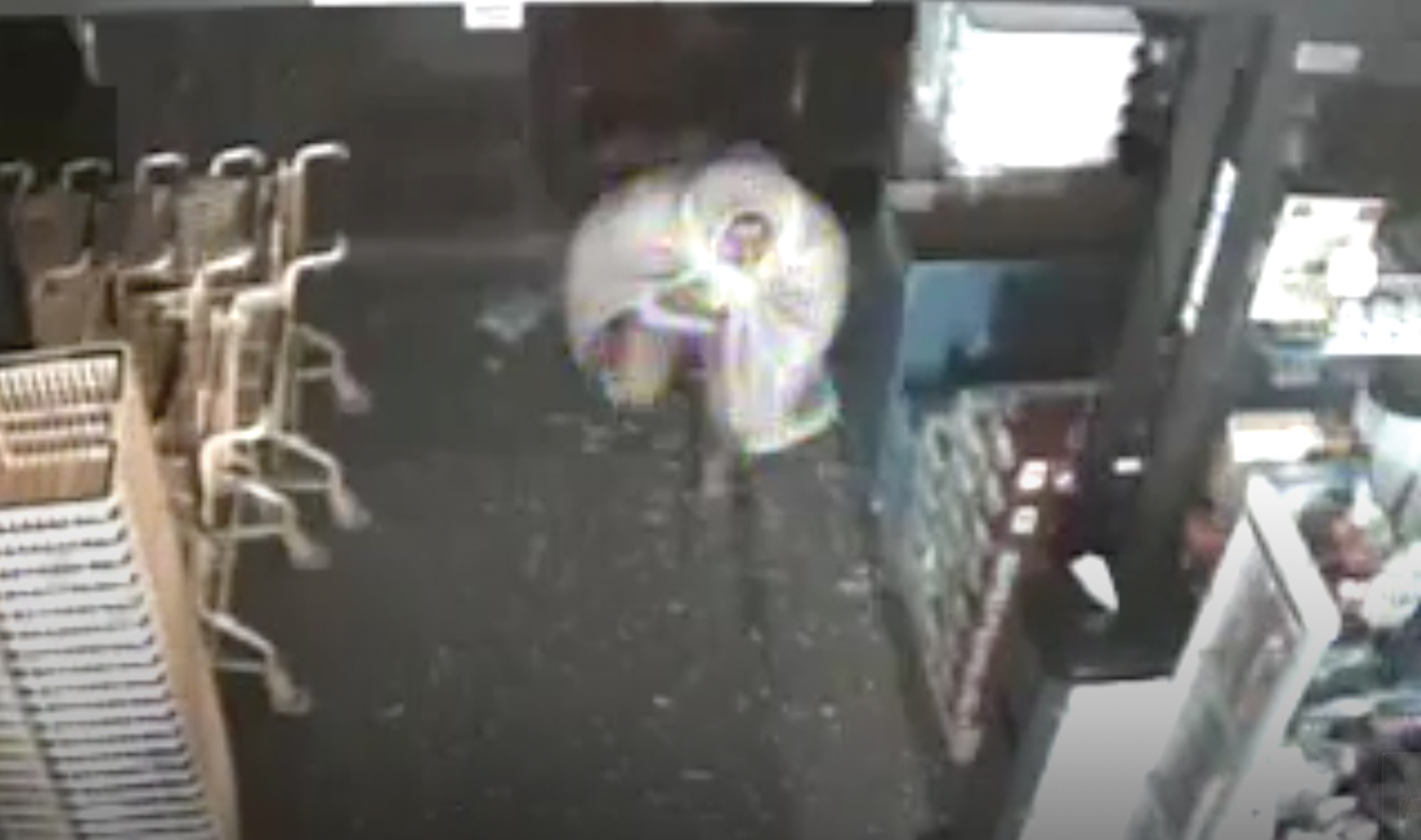Tom Purcell: Cursive writing is a lost art
Published 12:00 am Monday, December 30, 2024
The death of cursive handwriting reared its ugly head during the recent presidential election.
Since 2010, according to Yahoo News, many states have dropped cursive writing from their curricula as they shifted to Common Core State Standards for English.
As a result, many Gen Z Americans lack a distinctive cursive signature, which posed a problem for Gen Z voters who used mail-in ballots last month.
Since officials had great difficulty matching Gen Z mail-in-ballot signatures to the signatures the government had on file for them, many of their ballots were tossed.
This problem has renewed interest in the cursive debate.
As it goes, the origin of cursive dates back centuries. It was the result of technological innovations in writing — inkwells and quill pens made from goose feathers.
Since the ink dripped when you lifted the quill from the paper, it made sense to connect letters and words together in one flowing line — and cursive writing was born.
My mother and father were taught to master cursive in the 1940s. Both mastered incredibly elegant handwriting.
I grew up in the 1970s, the era of Bic ballpoint pens. Such pens didn’t leak and, technically, didn’t require cursive writing. But the good nuns of St. Germaine Catholic School made us master it anyway.
They’d be horrified to see the chicken scratch I write now, though I have an excuse. I am a product of the electronic era. I do all my writing on a computer. I’ve become very fast at keying-in my thoughts.
When I write by hand, though, I am so agitated by the slowness, I rush it along. My dad joked that I should have been a doctor!
In any event, with such modern technological innovations, some argue that cursive is no longer needed and is also costly and time-consuming to teach.
Curses to that, say others.
More than a decade ago, Katie Zezima argued in The New York Times that if people are not taught cursive, they’ll be more at risk of forgery; printing in block letters is much easier to replicate.
And the development of fine motor skills will be thwarted, she added.
Besides, she asked, how will people unfamiliar with cursive read important documents, such as the Declaration of Independence and the U.S. Constitution?
To be sure, it has become such a growing problem that the government is spending taxpayer money to transcribe historical cursive documents, so that Gen Z can read them.
I’m certainly a proponent of moving forward with innovation. I’m able to run a communications and video-production business from anywhere on Earth without any need for cursive handwriting.
Then again, I wonder that in our eagerness to advance, we tossed out the baby with the bath water.
The mail-in-ballot issue certainly should make us see the need for distinct cursive signatures, but there’s a human element to keeping cursive, too.
One of my most prized possessions is a letter written by my father’s father in 1924 consoling a woman whose mother had just died. He wrote the letter when he was 21.
I was given the letter in 1997 by the son of the woman my grandfather wrote the letter to. I was struck by how similar my grandfather’s writing style was to my father’s — how similar his writing style was to mine — and I was moved by the beauty and artfulness of his signature.
I can’t imagine a world in which letters written in cursive are no longer left behind for future generations to cherish.
See Tom Purcell’s syndicated column, humor books and funny videos featuring his dog, Thurber, at TomPurcell.com. Email him at Tom@TomPurcell.com.






